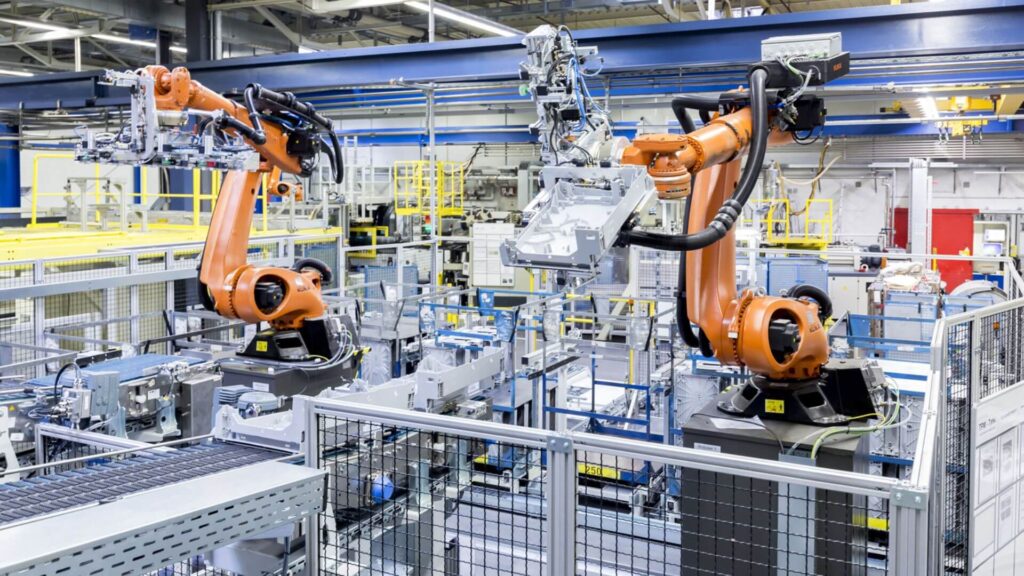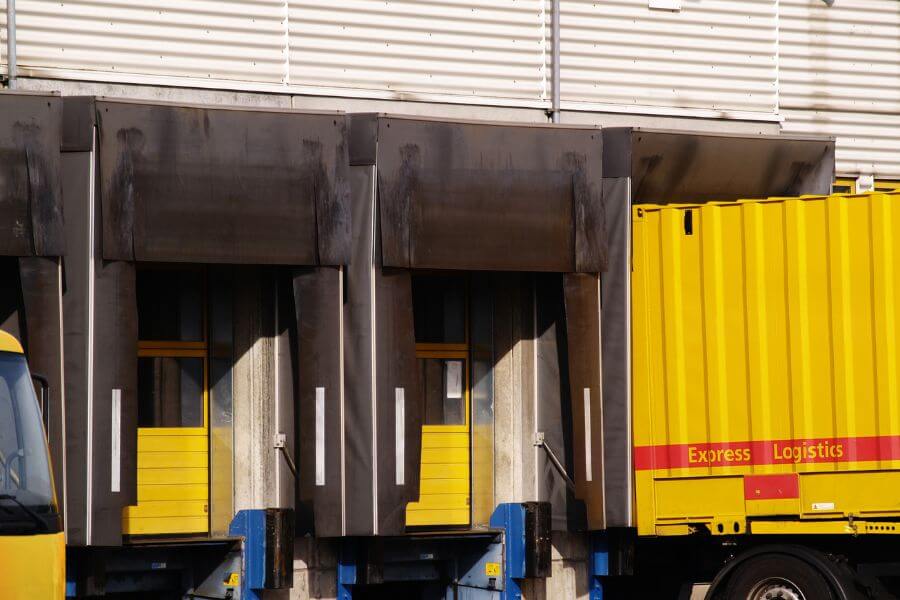Key Points:
- Many retailers are turning to retail robots to manage warehouse logistics and in-store activities, including Fashion brands such as Zara and Gap. Retail robots offer extended operational capacity which includes 20-hour shifts and long-travel distances.
- Some of the big retail robots in the industry include Amazon and LocusBots, the latter having started offering Robotics-as-a-Service offering.
- The retail robot sector is a multi-billion-dollar industry and is expected to grow exponentially over the next few years.
The demand for online shopping has been steadily growing over the years, and according to statistics, it has crossed USD $8 trillion worldwide, with more than 25 million e-commerce stores. The high volume of transactions has put a strain on e-commerce businesses. Companies have been looking for innovative ways to keep pace with the ever-increasing consumer appetite for online shopping.
One way to distribute workloads is to automate warehousing processes. In fact, companies are now relying on retail robots to do exactly that. And they have been doing that for more than a decade now. Quiet Logistics, a 3PL company based in Devon, MA, was one such company employing robots to perform logistics tasks in their main warehouse. The company started with 10 Kiva Systems robots and expanded its roster to 75 in just a couple of years, eventually doubling that number later. The robots were official company employees that had names and even rules to follow.
One of the advantages of using retail robots for warehousing is that they can travel several miles throughout a 20-hour shift, far above what a human employee can accomplish. They still need to take a break for charging and maintenance, though. Quiet Logistics now serves many fashion brands, such as Bonobos and Zara. In 2012, Amazon, one of the largest online retailers, acquired Kiva Systems for USD $775 million. Amazon eventually locked out Quiet Logistics for operating the Kiva robots. It was clear that robots meant serious business for e-commerce companies by then.

Because Quiet Logistics was an early adopter of retail robots, it was not too worried about these developments. Since then, Quiet Logistics has developed its own line of robots – the LocusBots – and spun off a Robotics-as-a-Service company in Wilmington, Missouri.
Today, many types of robots are built for different functions in the retail value chain. Many retailers like Gap, Lowes, Saks, and Walmart have joined the likes of Amazon and Quiet Logistics with an army of robots serving customers in warehouses and retail aisles.
The retail robot market is now a multi-billion-dollar industry, and just like the e-commerce business, it’s projected to grow significantly over the next few decades.





